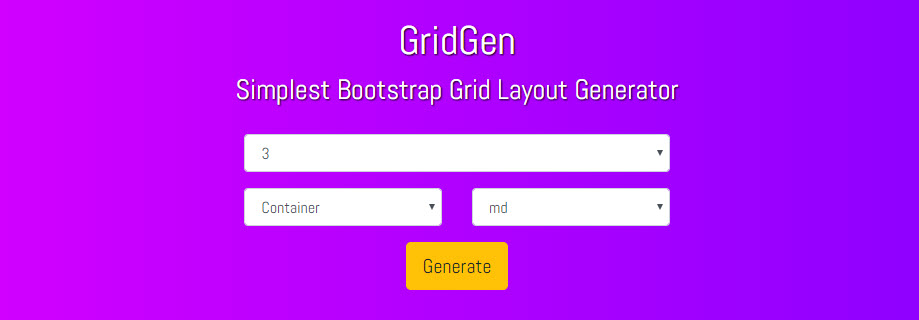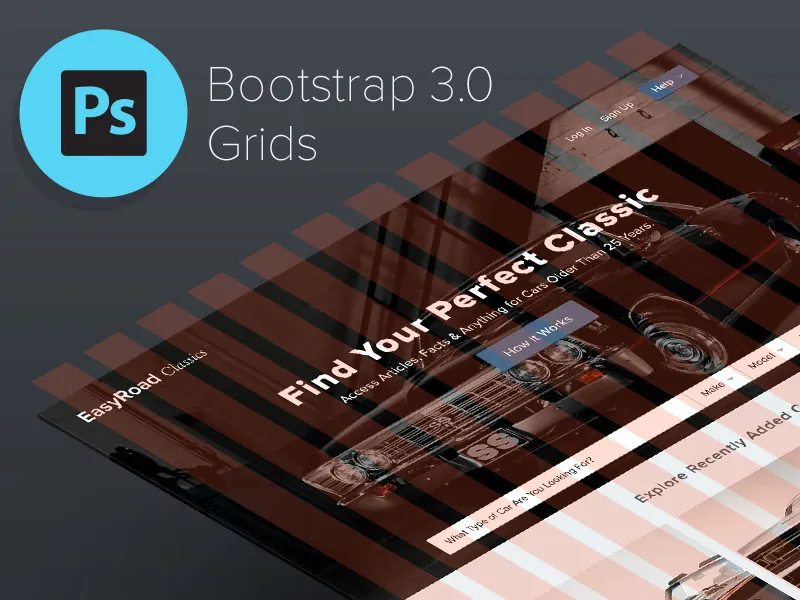

A column has a 15px padding (shown in pink), which touches the edge of the container (due to negative margin on row), thus behaves similar to a container. container-fluidĪ row must have columns that add up to 12. This is necessary for columns to work correctly as we’ll see later.ĭo not use.

A row has a negative margin of 15px on both sides (shown in green) which negates the 15px padding provided by the container. The columns must add upto 12 within a row. container-fluidĪ row serves as a wrapper for columns.

First is semantics and the other is bloat. Although many websites use bootstrap in production, I will not recommend using it directly in production for two reasons. It’s a great tool to quickly create a mock-ups. It is very easy to get started with and can greatly speed up one’s workflow. Twitter bootstrap is one of the most well-known frontend framework out there on the web.


 0 kommentar(er)
0 kommentar(er)
